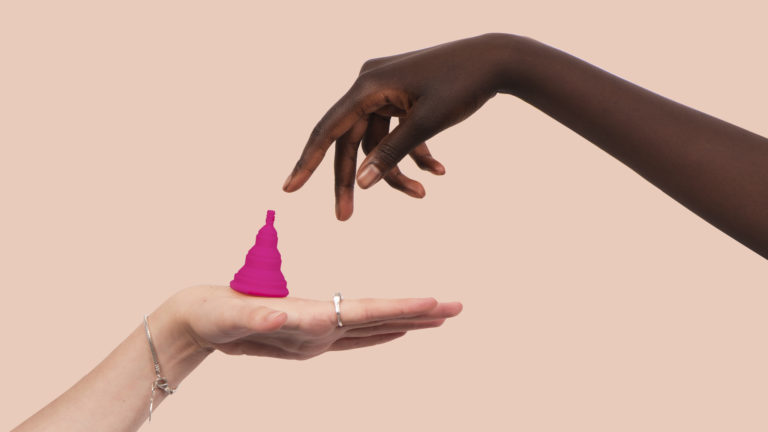Menstruation has historically been, and is still today, a cause of discrimination. Women in the past were separated from public spaces when menstruating and disqualified from most types of work because menstrual blood was seen upon as something dirty and sinful.
Today, in the 21st century, Indian women and girls are not allowed to step inside a temple when they are menstruating. In Africa many girls lack access to sanitary products, which leads to school absenteeism, as they have to stay at home. Chhaupadi, a Nepalese cultural custom, forces women to live alone in huts or mud cowsheds during their menstruation. Women face many challenges sleeping in those mostly dirty and small huts, as they are exposed to poor health conditions, attacks from wild animals and rape by their fellow villagers. Such discrimination is affecting women’s sexual and reproductive health in low- and middle-income countries on a daily basis.
The assumingly developed high-income countries are not free from stigmatization either. Famous menstrual product brands still promote women’s blood to be blue and thereby support the image of the culturally deep-rooted discomfort regarding menstruation and its supposed impurities. It is portrayed as a woman’s problem that has to be hidden.
Apart from the mentioned social and cultural aspects of menstruation, it is important to consider the usage of the sanitary products and its bodily, economic and environmental impacts. Have you ever asked yourself what menstrual pads are made of?
Cotton you might say. As a matter of fact, women are exposed to direct skin contact with mostly synthetic materials, including perfumes and chloride, to give the pad a nice smell and a white fresh look. It is said that the low amount of such toxins contained in one pad or tampon is harmless. Yet the fact that a woman uses up to 16,000 menstrual pads or tampons in her lifetime raises the question whether such a constant exposure could be harmful. After all our skin is highly permeable and therefore chemicals can easily enter our blood systems.
It is strikingly obvious that, if the female half of the approximately seven billion world population uses menstrual products, the environmental impact in terms of waste is enormous. Also, the economic burden, especially for poor households in low- and middle income countries, should not be underestimated, as it can lead to girls having an educational disadvantage as mentioned above. Poor households mostly don’t have the means to buy sanitary pads for their daughters. Girls therefore stay at home several days a month, as the substitutes for menstrual products, such as cloth rags, could leak. The stigmatization has also shown to affect the girls’ performance at school. Cloth stained with blood for example is a reason for teasing and humiliation. In addition to the economic and cultural factors, poor schools often lack available and private bathrooms, where girls could change pads.
Going back to the high-income countries, several initiatives in different countries have led to the abolition of the so-called tampon-tax, implying the elimination of the value added tax on menstrual products, redefining it as a necessity instead of a luxury good. It is said that women’s corresponding extra expenses also enforce the existing gender wage gap. The argument is based on the assumption that the woman’s reproductive system includes many different additional costs besides the sanitary pads, such as contraception, gynaecologist visits and many more. To summarise: Tampons and sanitary pads are unsustainable, expensive and therefore not accessible for all, and possibly harmful to health.
It seems as if there is no rosy future in sight. However, there are actually many positive developments trying to reduce stigmatization and ensuring women’s sexual and reproductive health around the world.
The reusable menstrual cup for example was invented in the 1930s and is an environmentally friendly, harmless and much more economic method of collecting menstrual blood. It has been promoted in various contexts in low- and middle-income countries, as it is a cheaper and more sustainable product that can be reused up to 10 years and collects more blood than sanitary pads or tampons. It is said to address girls and women’s challenges surrounding menstruation in low-income contexts.
The menstrual cup is becoming more and more known and accepted as a far healthier and sustainable method in high-income countries as well. It challenges the inaccurate image media and advertisement are promoting, as it is a more hands on practice without perfume or applicators. It is interesting that we wipe our bottoms daily, but yet think that it is not appropriate to insert a menstrual cup with our bare hands.
At last, it can be said that social acceptance of menstruation lacks development in both the low- and high-income countries and we still have a long way to go before future generations will see menstruation as a blessing instead of a curse. After all, the reason of menstruation is to create new life, which is probably the most natural and sinless thing there is.


